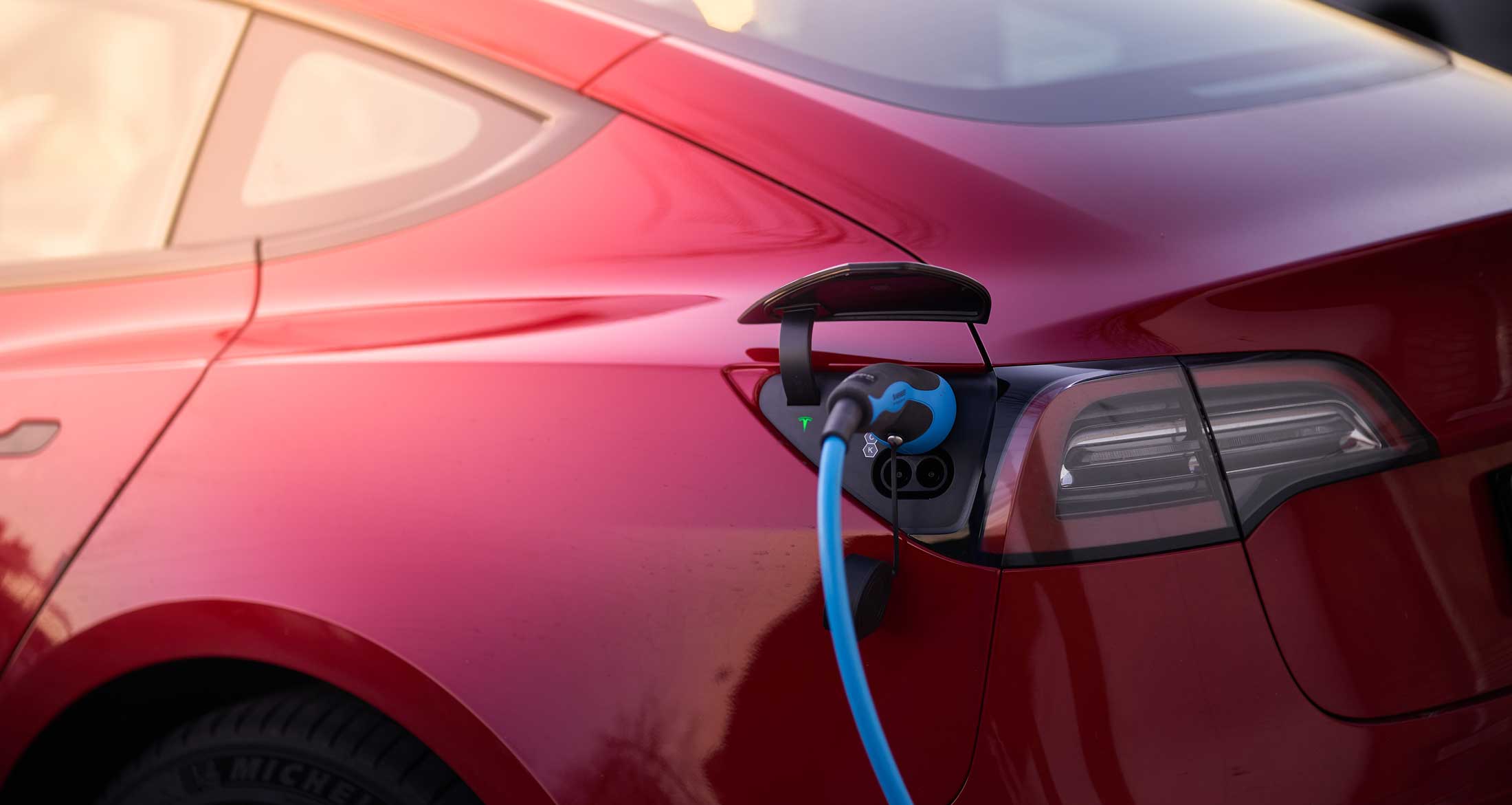As more and more people adopt environmentally friendly options for transport, the use of electric vehicles (EV) has seen a surge. Along with this trend is a rise in the demand for charging infrastructure, highlighting the need to understand EV charging processes. What exactly is EV-charging, and how does this function?
EV charging is the process of charging an electric car’s battery by using electricity. This action is very similar to the fueling of a car using gasoline.
Understanding the available charging options for electric vehicles is an essential aspect. Owners of EVs have a variety of charging methods available, all with their own charging speed and compatibility. Let’s look at some of the charging options available:

Level 1 Charging: This is the simplest form of EV charging that typically uses a regular household electrical outlet (120 volts). Level 1 charging, although practical, can be quite slow. It can take several hours for an electric vehicle to fully charged. It is often utilized for charging overnight at home.
Level 2 Charging. Level 2 charging makes use of higher voltage for charging (typically at 240 volts) that permits quicker charging than Level 1. This option is common in charging stations for public use as well as homes and workplaces equipped with EV charging devices. Level 2 chargers are able to charge overnight at the home. They also cut down on charging times compared to level 1 chargers. For more information, click What is EV Charging
DC Fast-Charging is also known as Level 3 Charging DC Fast-Charging is the quickest of the three charging options. It uses greater voltages to facilitate rapid charging, which allows charging an EV up to 80% within minutes. DC fast charging stations are often located near major highways and other major routes. They are also prevalent in commercial zones.
It is crucial that EV owners understand the different charging options to make informed decisions on how and where to charge. Things like charging speed, convenience, and accessibility of charging stations play an important role in optimizing the EV charging experience.
Moreover the proliferation of EV infrastructure is changing the way we think about fueling. Traditional gas stations are being augmented, and in some cases replaced, by charging stations for electric vehicles which reflect the shift towards a cleaner, more sustainable transportation ecosystem.
For many EV owners who live at home, the convenience of charging cannot be overstated. Installing level 2 chargers at home will ensure that overnight charging is hassle-free and the car can be driven in the morning. Home charging also saves money and eliminates the necessity to visit charging stations in public.
The infrastructure for charging publically, however, remains important, especially for people who travel for far distances and don’t have home charging options. The growth of public charging networks, coupled with advancements in charging technology makes electric vehicles more accessible and practical for more people.
The integration of smart charging systems and renewable sources into the EV charger network can also offer exciting opportunities for grid optimization. Utilizing renewable energy sources such as solar and wind power to charge EVs we can cut down on carbon emissions and decrease our dependence on petroleum-based fuels.
In conclusion, EV Charging is a fundamental part of owning and operating an electric vehicle. Through understanding the different charging options, as well as the evolving technology for charging, EV owners can maximize the efficiency, convenience, and sustainability of their driving experience. While we continue to adopt electric mobility, the future of transport is bright, powered by clean energy and innovative charging solutions.